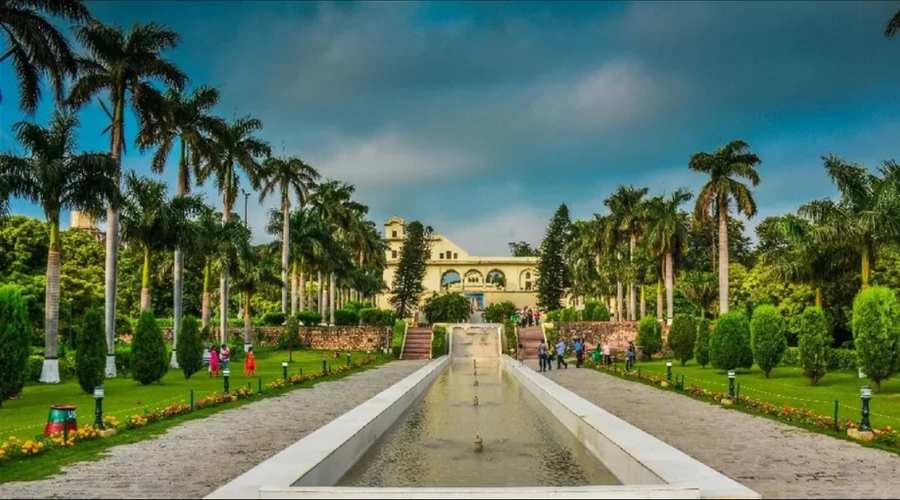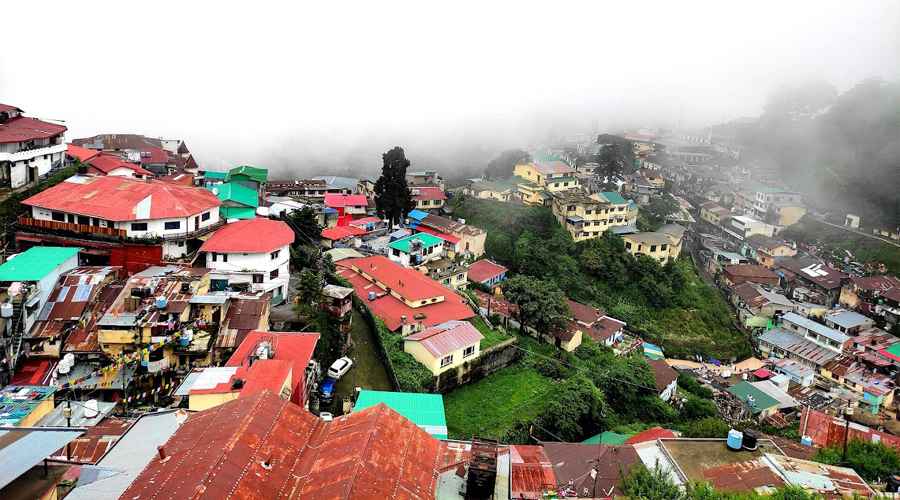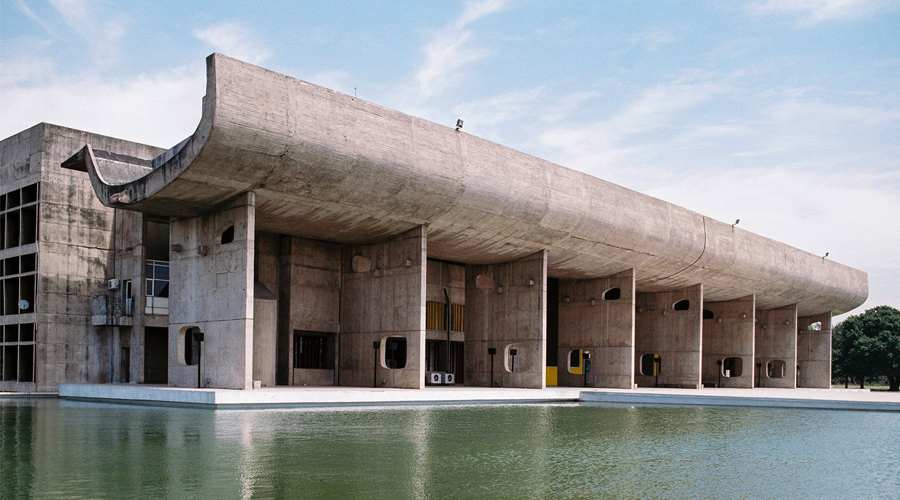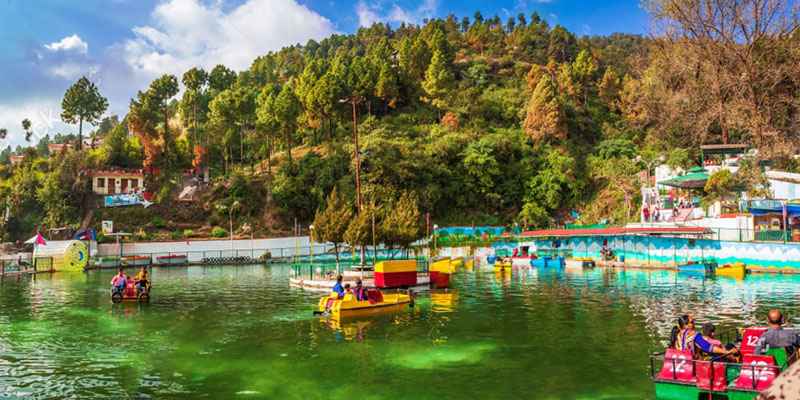Pinjore Garden, also known as Yadavindra Gardens, is one of North India’s most celebrated Mughal-style gardens, located about 22 kilometers from Chandigarh. Spread across 17 acres of landscaped beauty, it offers a mesmerizing blend of history, architecture, and natural charm. Known for its terrace garden layout, fountains, and floral charm, Pinjore Garden is a timeless attraction for anyone exploring Chandigarh and its surroundings.
Historical Background
Pinjore Garden’s history dates back to the 17th century when it was designed by Mughal architect Nawab Fidai Khan during the reign of Emperor Aurangzeb. The garden was conceived in the classic Charbagh layout — divided into quadrants by water channels and pathways — reflecting Persian design principles.
While initially built as a leisure retreat for the Mughals, the garden gained prominence under the royal family of Patiala. The Maharaja of Patiala, Yadavindra Singh, restored the site in the mid-20th century, giving it the name Yadavindra Gardens, which honor both its Mughal legacy and Patiala’s royal contribution to preserving it.
Architectural and Landscape Design
Pinjore Garden stands out for its remarkable terrace design, which gradually descends from the entrance towards the lower levels. Each terrace is adorned with fountains, flower beds, and shaded pathways. This unique arrangement allows visitors to enjoy uninterrupted views of the greenery and the Shivalik Hills in the backdrop.
Key architectural elements include:
- Main Entrance Gate: Built in traditional Mughal style with arches and carvings, opening into the first terrace.
- Water Channels and Fountains: Central water streams run through the gardens with symmetrical designs, creating a cooling effect even during hot days.
- Pavilions and Palaces: Historic structures like Sheesh Mahal (Palace of Mirrors), Rang Mahal (Painted Palace), and Jal Mahal (Water Palace) are scattered across terraces, showcasing beautiful Mughal artistry.
- Floral Gardens: Seasonal flowers bloom across the garden, adding vibrant colors to the symmetrical layouts.
Attractions Inside Pinjore Garden
Pinjore Garden is more than just landscaping; it’s an integrated space combining history, horticulture, and leisure activities. Some of its major attractions include:
- Sheesh Mahal: An intricately designed Mughal structure embellished with mirror work, offering glimpses of royal living during its prime.
- Rang Mahal: Known for its rich colors and decorative designs, reflecting Mughal luxury.
- Jal Mahal: Positioned amidst water features, creating a soothing ambiance.
- Amphitheatre: Used for cultural performances and events, especially during festivals.
- Heritage Zone: A section devoted to historical exhibits and antique architecture that narrates the story of Pinjore’s evolution.
- Horticulture Wonders: Exotic plants and seasonal blooms draw photographers and nature lovers alike.
Seasonal Festivals and Events
The Pinjore Garden attracts tourists both for its year-round beauty and its vibrant events. Two noteworthy festivals are:
- Baisakhi Festivities (April): Marked by cultural performances, traditional folk dances, and stalls selling Punjabi handicrafts and cuisine.
- Pinjore Mango Festival (July): Celebrates the mango season with exhibitions, contests, and culinary delights featuring the king of fruits.
- Chrysanthemum Show (Winter): A floral festival showcasing rare chrysanthemum species, transforming the garden into a colorful paradise.
These events enhance the cultural significance of the garden and make it a lively destination beyond its historical charm.
Best Time to Visit Pinjore Garden, Chandigarh
Pinjore Garden can be visited throughout the year, but the best time is from October to March when the weather is pleasant. Summers are warm, but the garden’s water features and shaded pathways provide relief. Winter evenings at the garden are especially magical with illuminated fountains.
Tourism and Accessibility
The garden is easily accessible from Chandigarh (via NH5) and is also well-connected to Panchkula and Kalka. Public transport, cabs, and private vehicles regularly ply the route. The site offers ample parking facilities, restrooms, and food kiosks catering to visitors.
Nearby attractions include:
- Timber Trail, Parwanoo – For cable car rides and hill views
- Morni Hills – Ideal for trekking and nature exploration
- Chandigarh Rock Garden – Famous for its creative sculptures
Conservation Efforts
Maintaining such a historically significant garden requires constant upkeep. The Haryana Tourism Department oversees Pinjore Garden’s maintenance, ensuring its fountains, plants, and architectural elements remain in pristine condition. Recent initiatives include eco-friendly lighting, upgrade of walkways, and planting native species to strengthen its ecological balance.
Why Pinjore Garden is Special
Pinjore Garden’s uniqueness lies in its seamless blend of Mughal grandeur with natural beauty. Unlike many plain gardens, its terraced architecture creates a dynamic space that is visually stunning. The combination of palaces, pavilions, water features, and greenery makes it suitable for history lovers, botanists, families, and photographers alike.
It offers both a peaceful retreat and a cultural experience, making it more than just a tourist stop — it’s a living heritage site that continues to thrive in the modern era.
Visitor Tips
- Wear comfortable footwear as the garden involves walking across multiple terraces.
- Early morning or late evening visits ensure pleasant weather and quieter surroundings.
- Photography is allowed, and golden hour shots here are particularly striking.
- Check Haryana Tourism’s calendar for festival dates to align your visit with special events.
Pinjore Garden near Chandigarh is a timeless example of Mughal landscaping tradition in India, beautifully preserved through centuries. Whether you come for its historic pavilions, colorful flowers, or lively festivals, the garden promises an enchanting experience that lingers long after your visit. It stands as a green jewel of Haryana, attracting thousands of tourists yet retaining its serene charm — a blend of bygone royal leisure and today’s public joy.











